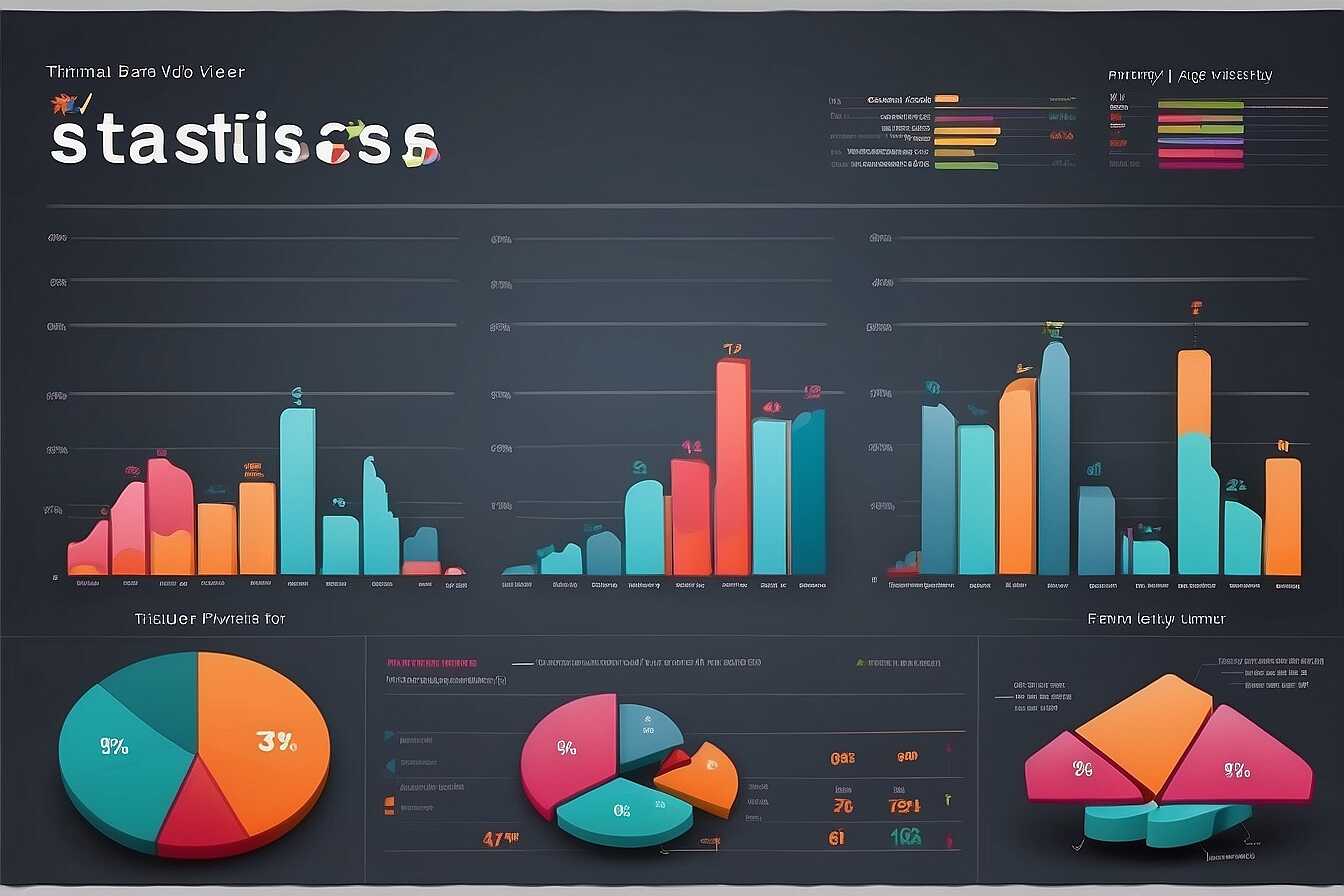Crafting location-specific content that ranks well is vital for improving local visibility and engagement. By tailoring your digital marketing strategies to specific regions, you can effectively connect with your audience and enhance search engine performance. At Metrics Rule, we understand the importance of creating targeted content that resonates with local consumers while leveraging technical SEO practices to boost your organic reach. In this article, we will explore essential strategies for developing impactful, location-focused content that stands out in search results.
Recognizing the Value of Location-Specific Content in SEO
Location-specific content is vital for local SEO as it enhances search visibility for businesses. Users increasingly look for information related to their geographic area, driving the need for tailored content. For instance, showing up in a user’s local search can improve click-through rates, as people prefer options nearby. Moreover, trends indicate that 76% of users who conduct a local search visit a business within a day. This substantial data stresses that creating relevant and localized content significantly impacts user engagement and conversions.
Understanding User Behavior Trends to Enhance Local Content
User behavior trends highlight how potential customers search differently based on their location. Research shows that 83% of smartphone users utilize location-based services when searching for nearby products. This means businesses should focus on crafting content that answers local queries, incorporates local keywords, and mentions nearby landmarks. For example, a Vancouver-based café could write articles about local events or unique products available only in their city. This enhances their relevance in local searches and provides users with valuable information, ultimately increasing trust and reliability.
Conducting Effective Local Keyword Research Techniques
To discover and analyze local keywords effectively, start by employing tools such as Google Keyword Planner, SEMrush, and Ahrefs. These tools provide insights into local keyword trends and search volumes, ensuring you target high-value search terms in your area. Additionally, utilize Google Trends to identify seasonal fluctuations and emerging local queries. Engaging with your community through local forums and social media can also help uncover unique local phrases that resonate with your audience.
Finding High-Value Local Keywords for Your Business
Finding high-value local keywords involves a combination of different strategies. First, focus on location-specific queries that include your city or neighborhood name, such as “Vancouver coffee shops” or “best plumbers in Vancouver.” Analyze competitors by looking at their keyword rankings to discover potential gaps in your strategy. Use keyword volume analysis to prioritize terms based on search frequency. This ensures you concentrate on keywords that provide the most potential traffic and conversions. Incorporating these local SEO strategies will enhance your visibility, helping you connect with customers searching for services in your area.

Developing Compelling Content for Local Readers
To make your content resonate with local audiences, it’s vital to understand their unique interests, preferences, and needs. This can be achieved by researching local events, trends, and culture. Effective strategies include using local language, referencing regional landmarks, and incorporating local stories into your narrative. Aligning your content with community interests enhances connection, as it shows that you understand and care about your audience. For optimal engagement, consider including at least three local topics that directly relate to your services or products.
Effective Techniques for Tailoring Content to a Local Audience
To tailor your content effectively, include specific keywords that resonate with your local audience, such as “Vancouver events,” or “local dining guide.” Use local slang or phrases to establish familiarity and trust. Additionally, refer to locally relevant case studies or success stories that demonstrate your expertise in the area. Incorporate visuals from local landmarks or community events to enhance engagement. Crafting tailored content this way not only improves visibility in search engines but also builds a reliable relationship with your community, enhancing their overall experience with your brand.
Key Numerical Data Points for Crafting Localized Material
- 75% of searchers look for location-based information on their devices.
- 46% of all Google searches seek local information.
- Local SEO can increase foot traffic by over 50% for many businesses.
- More than 60% of mobile users contact a business after searching locally.
- About 78% of mobile local searches lead to an offline purchase.
- 43% of website visitors perform a local search first before any action.
- Google My Business listings drive 35% of all local searches to a website.

Enhancing On-Page Elements for Optimal Local SEO Performance
To effectively enhance local SEO performance, focus on key on-page elements such as title tags, headers, and internal linking. Title tags should include specific local keywords and the business name to improve relevancy. Ensure headers are structured to guide readers while incorporating local keywords strategically. Internal linking should connect relevant content within your site, boosting authority and user engagement, which significantly signals to search engines your site’s relevance for local searches.
Optimizing Title Tags and Headers for Local Visibility
Title tags should be catchy, concise, and include location details, ideally within 60 characters. For example, a title tag like “Vancouver Bakery – Fresh Artisan Bread Daily” is both engaging and effective. Headers (H1, H2) should also reflect local keywords to improve search relevance. Use keyword tools to discover phrases your target audience searches for, and then integrate these into your headers. This ensures search engines, such as Google, recognize the specific local context of your content, enhancing overall local visibility and improving user experience.

Incorporating Localized Visual Content to Elevate User Engagement
Localized visual content, including images and infographics, can significantly boost user engagement for businesses targeting specific areas like Vancouver. Community-focused images that showcase local landmarks or events help create connections with the audience. Infographics designed to present local data, statistics, or trends allow businesses to convey complex information quickly while enhancing local relevance. For the best impact, consider including at least three to five images in a location-specific blog post, as this provides a richer visual experience and keeps users engaged longer.
Best Practices for Designing Localized Infographics
When creating localized infographics, focus on data that speaks directly to the Vancouver community. This could include local demographics, popular attractions, or unique regional trends that resonate with your audience. Use vibrant colors and symbols relevant to Vancouver’s culture and environment to draw attention. Incorporate a combination of charts, maps, and engaging visuals to present the information clearly and appealingly. By ensuring that your infographics are designed to enhance the local experience, you significantly improve their reliability and effectiveness in boosting engagement.
Advantages of Developing Geo-Specific Content
- Enhances local search visibility, boosting traffic to your site.
- Improves engagement by connecting with local audiences and communities.
- Increases brand loyalty, as customers prefer familiar businesses.
- Drives more foot traffic as users discover your business nearby.
- Helps you outshine local competitors in search engine results.
- Enables targeted marketing strategies tailored to local preferences.
- Delivers relevant content that encourages user interaction and sharing.

Leveraging Local Business Listings for Increased Visibility
Local business listings significantly enhance your search visibility by ensuring that your business appears in relevant searches. They boost your reliability within the community, which plays a crucial role in attracting local customers. By optimizing your business profile across multiple directories, you can share essential information such as contact details, services offered, and customer reviews. Various directories like Google My Business, Yelp, and Yellow Pages can raise your business profile, especially when you actively manage your listings. Studies show that about 84% of consumers read online reviews before visiting a local business, highlighting the importance of maintaining a positive online reputation.
Strategies for Optimizing Business Listings
To optimize your business listings effectively, start by ensuring that your name, address, and phone number (NAP) are consistent across all platforms. Utilize keywords relevant to your business and location, like “SEO services in Vancouver,” in your descriptions and service offerings. Include high-quality images that showcase your products or services as this boosts engagement. Actively encourage satisfied customers to leave positive reviews, as this enhances your reliability and aids in attracting new clients. Regularly updating your listing with fresh content and promotions can also improve your search visibility and drive more traffic to your site.
Utilizing Feedback and Analytics for Continuous Content Improvement
Gathering user feedback is essential for improving your local SEO content strategy. User reviews and feedback allow you to understand what resonates with your audience. This data helps identify which content performs better and where improvements can be made. Focusing on analytics data such as page views, bounce rates, and session durations can guide your content refinement process. To improve content continuously, it is crucial to align your efforts with performance metrics. This ensures that your content evolves based on audience engagement and effectiveness in local search rankings.
Key Analytics Metrics to Monitor for Effective SEO
Focusing on key analytics metrics provides valuable insights into your content’s efficacy. Start by tracking page views and unique visitors to ascertain interest levels in your location-specific content. Monitor bounce rates; a high rate may indicate that your content does not meet user expectations. Additionally, analyze average session durations to gauge how engaged users are with your content. Tools like Google Analytics can help track these metrics effectively. Pay attention to click-through rates (CTR) on your local searches. This metric is crucial as it directly impacts your rankings in SERPs for local queries. Regularly reviewing these metrics can enhance your content strategy and ultimately improve local visibility.
Comparative Analysis of Brands and Their Local Content Practices
- Yelp connects users with local services; it excels in user reviews.
- Google My Business allows businesses to create listings that attract locals.
- Local news websites share community-focused articles that engage residents.
- Facebook is effective for local promotions, targeting specific communities.
- TripAdvisor provides location-based recommendations, useful for hospitality.
- Community bulletin boards foster engagement but rely heavily on user input.
- Industry-specific directories can enhance visibility but may lack broader reach.
Evaluating Success and Adapting Your SEO Content Strategy
To effectively measure the performance of your location-specific content, you should monitor key metrics such as organic search traffic, local engagement rates, and conversion rates. Analyzing local engagement metrics provides insights into how well your content resonates with a target audience in a specific area. Additionally, regularly reviewing and comparing your search engine rankings before and after implementing your strategies can highlight progress. A successful outcome often includes aiming for a percentage increase in local engagement upwards of 20%, indicating that your efforts are paying off.
Key Metrics for Optimizing Performance
Tracking key metrics for optimizing performance involves focusing on local engagement metrics, content performance analysis, and SEO strategy evaluation. Local engagement metrics, such as comments, shares, and feedback from community members, reveal how your content is perceived. Content performance analysis helps you identify which pieces rank best on search engines like Google and Bing. By evaluating SEO strategies, you ensure reliability and enhance your approach over time. Regular testing can lead to improvements, making your content more valuable and relevant to your local audience.
